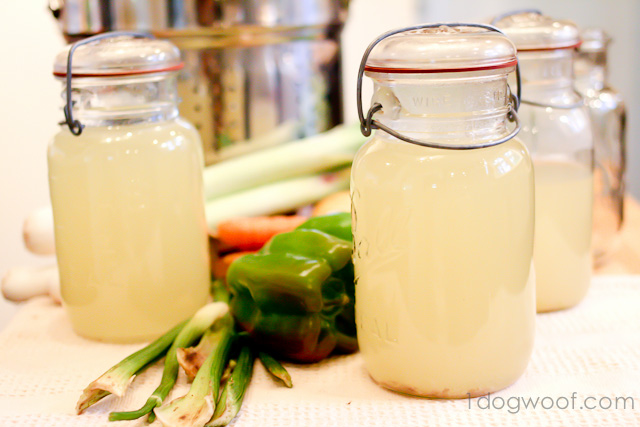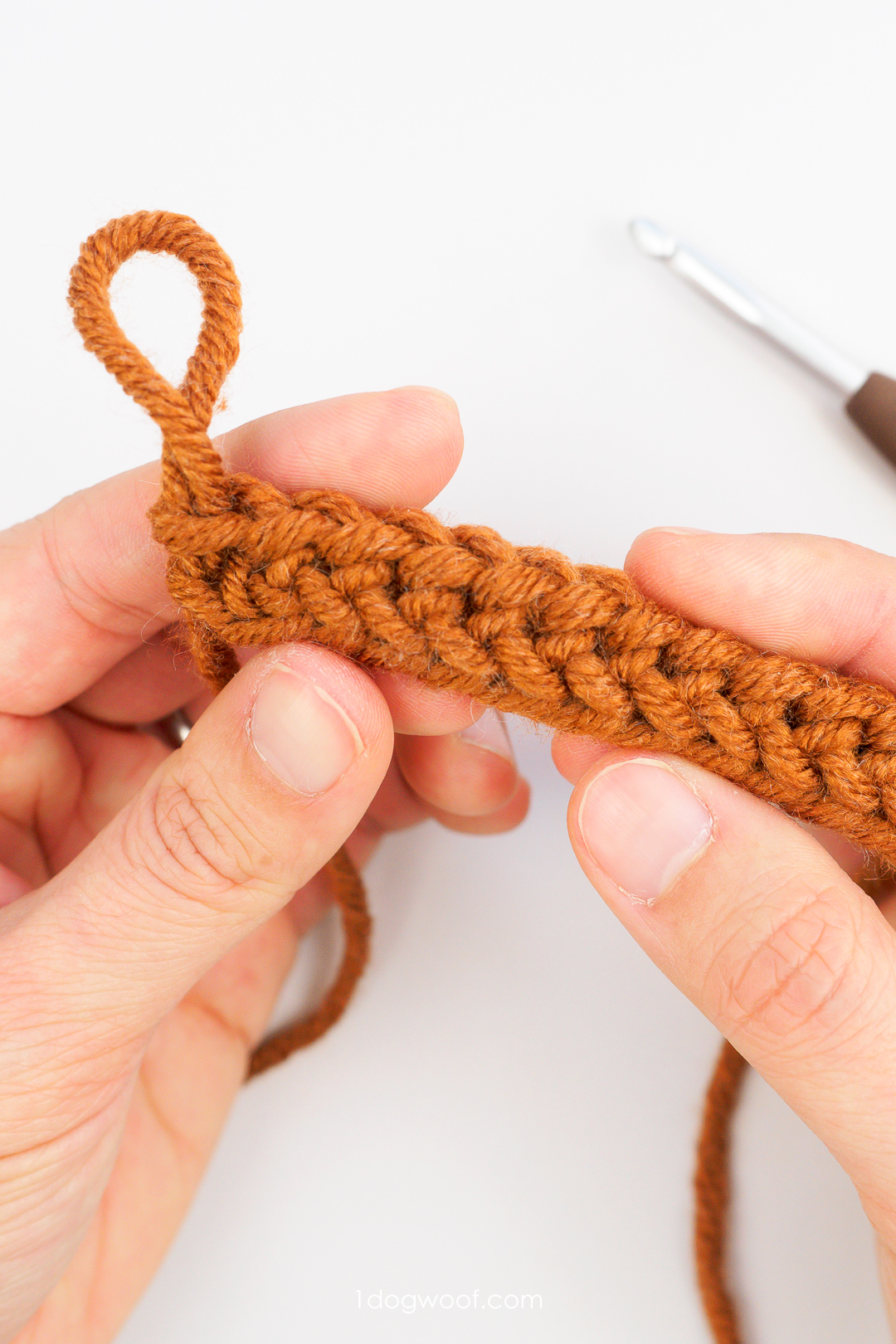Maybe you already know this secret, but we didn’t discover this until we get overwhelmed by our CSA veggies at the neighborhood farm. Homemade stock is the easiest thing ever to make! This particular week, we made homemade chicken stock with the veggies we didn’t know how to use before they went bad. The great thing is, even though we were worried about wasting farm fresh vegetables, now we have enough stock to use now or to freeze for later!
It’s true, in wintertime, we do buy boxed stock, but only because we’ve used up all of our frozen stock. We use it for noodle soups, for normal soups, for vegetable purees or pasta sauces – it’s amazing how many uses there are for stock, and the flavor is just unbeatable. Have you ever tried lobster stock in making risotto? Heaven, I’m telling ya. The chicken stock we make is a little more bland, but still way better than the canned stuff you buy at the store.
And now, the simplicity of it – throw stuff in a pot with water and cook. Yep, that’s it! We like to use the following types of bones. They often come cheap or are leftovers from other meal ideas.
Meat bones we use in stock:
Chicken back – nice and light flavor
Chicken leg bones after deboning thighs or wings or the whole leg
Pork neck – Can I use “sultry” to describe the taste? Rich and meaty, mmmm, pork heaven!
Beef short rib bones after using the meat for Korean BBQ – Also rich and meaty, good for pho and noodle soups.
Lobster or shrimp shells after you’ve devoured the goodness inside – Just plain decadent. Sometimes a little fishy, but the flavor is intense!
If you’re using boned meat for whatever meal you’re cooking up, save the bones in a large ziplock bag and freeze it. Once you have a good stash of bones, make stock! You don’t even need vegetables for stock, but it does give a depth of flavor. Or, make a clear vegetable stock with no meat! Here’s what we use:
Veggies we use in stock:
leek
onions
celery, including all the celery leaves – so much flavor in the leaves!
carrots
Basically, it’s the ingredients for mirepoix, but you don’t have to dice it. You don’t even have to cut it really. Just peel the carrots and rough cut the veggies so that they fit in the stock pot.
The amount of water you add completely depends on how rich you want your stock to be. It’s the ratio of stuff to water, but the water should at least cover all the stuff. Bring the whole shebang to a boil and then simmer for a few hours until you think everything inside is almost mush. Whatever meat is left on the bones should be falling off. At this point you can season the stock with salt, or leave the salt out until you use it in a recipe. Then, let it cool a little, at least to handle. Drain the stock into a large pot or bowl, and throw out all the veggies and bones. Divvy up the stock into jars or cannisters and refrigerate or freeze. If you used fatty meat bones, you may need to refrigerate overnight first, and then cull the fat off the top before freezing for long term storage.
Not that any of my stock lasts long term. With all the fun soups to make in the wintertime, homemade stock doesn’t go very far in our house!












Never knew making stock was so easy! Thank you!
Thanks for all the information on stock– I’ve never made my own, at least intentionally, and it’s good to see all of the different potential flavors. I would have never thought of using shells from a Lobster!
Pinned!